Handwriting practice helps develop reading skills. It is a crucial skill for children as they move through their early school years, beginning with individual capital letters in Pre-K all the way to writing full sentences in 2nd Grade.
Table of Contents:
How does handwriting reinforce reading?
Despite the growing role of technology in all aspects of life, handwriting remains an important skill, directly contributing to overall reading and writing fluency. Experts warn that switching to a keyboard too soon can have a negative effect on a child’s reading and writing progress. And in fact, research shows that fluency and speed of handwriting is correlated with fluency and speed in typing. [1]
Handwriting helps consolidate children’s knowledge of letters, and helps children identify letters faster when they see them in print. Even messy handwriting has its benefits, forcing children’s brains to learn that different handwritten variations of a letter still mean the same thing. [2]
Research using fMRI scanning has revealed that writing by hand activates parts of the brain that are inactive during typing. [3] The effort required to write letters by hand helps children to retain them in their memory, and to identify them more fluently when they come across them in books.
Children (and adults) are more likely to retain new information by writing it down. Write to remember is a simple rule of thumb. Research shows that children with better handwriting exhibit greater neural activation in brain regions associated with working memory and increased activation in the regions associated with reading and writing. [4] In fact, there is a significant correlation between quality of handwriting and overall academic achievement in reading and writing. [5]
Handwriting can be incorporated into a busy school day
1. Mrs Wordsmith worked with teachers and academics to create a special font just to teach handwriting. It is compliant with the way handwriting is taught in schools.
2. Give your child small crayons or pencils that they can hold comfortably in their hands.
3. Children should start with capital letter charts because the straight lines are easier to learn. Follow the arrows on the letters. They demonstrate how letters are formed.
4. Character emojis act as a guide on each sheet, giving children clues about how to form each letter. Use the emoji to “sky write” and trace the letters in the air with your fingers, following the direction indicated on the chart.
5. Try to spend a few minutes a day on handwriting practice. As little as 10-15 minutes a day can help your child develop fluency in handwriting.





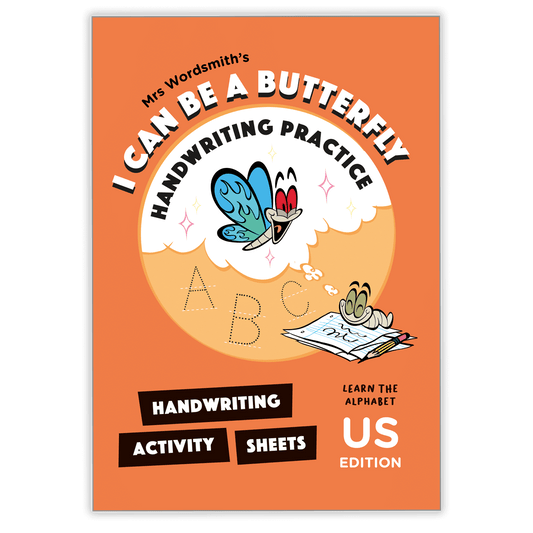


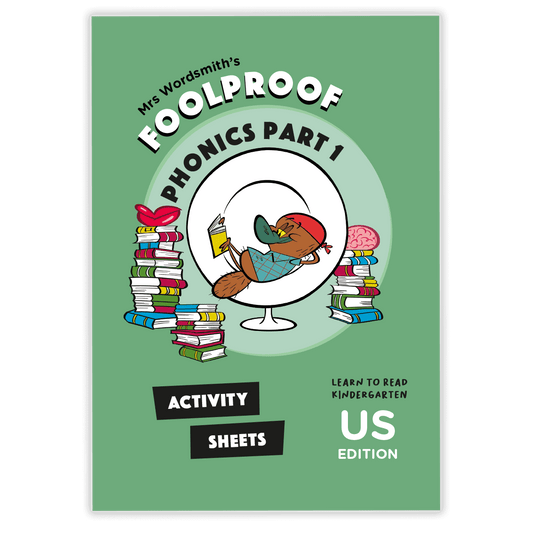
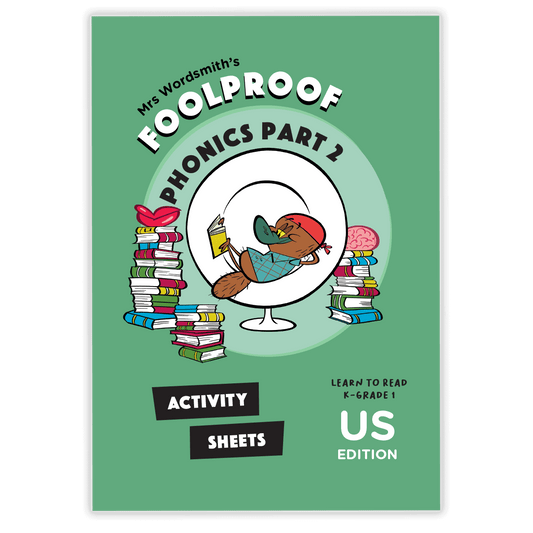


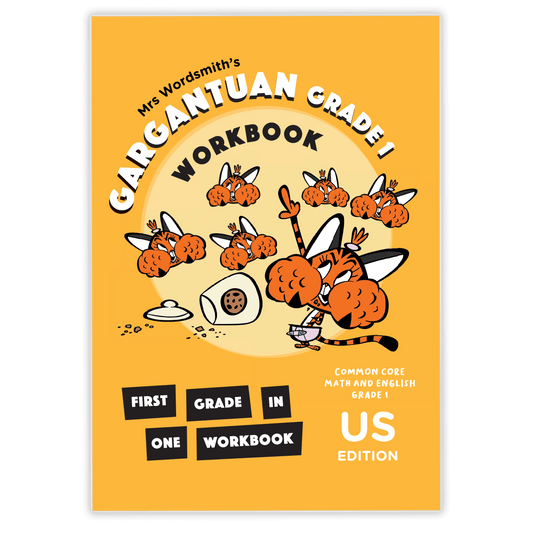





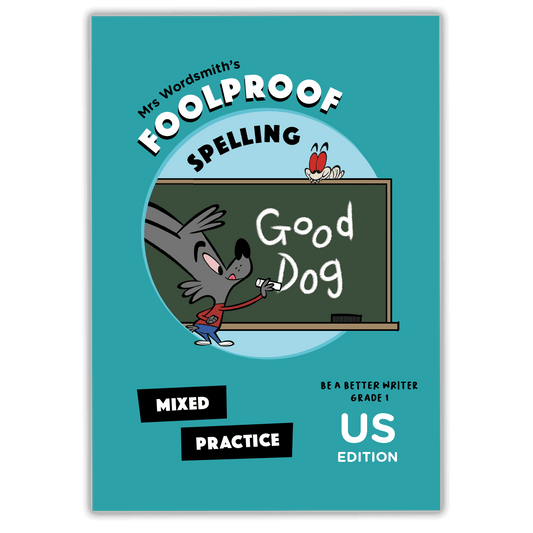
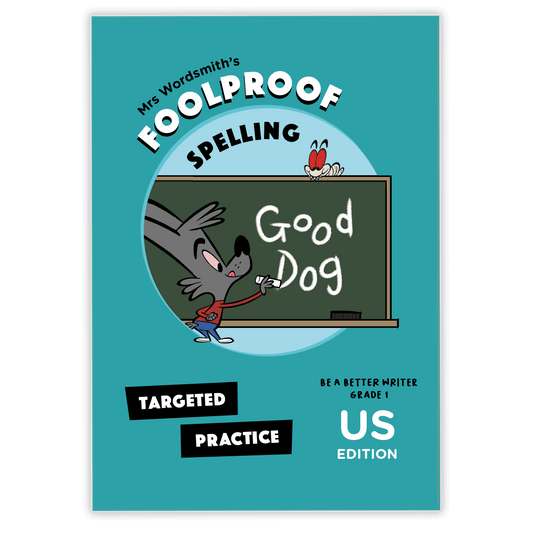
 https://mrswordsmith.com
https://mrswordsmith.com
Comment
Leave a comment